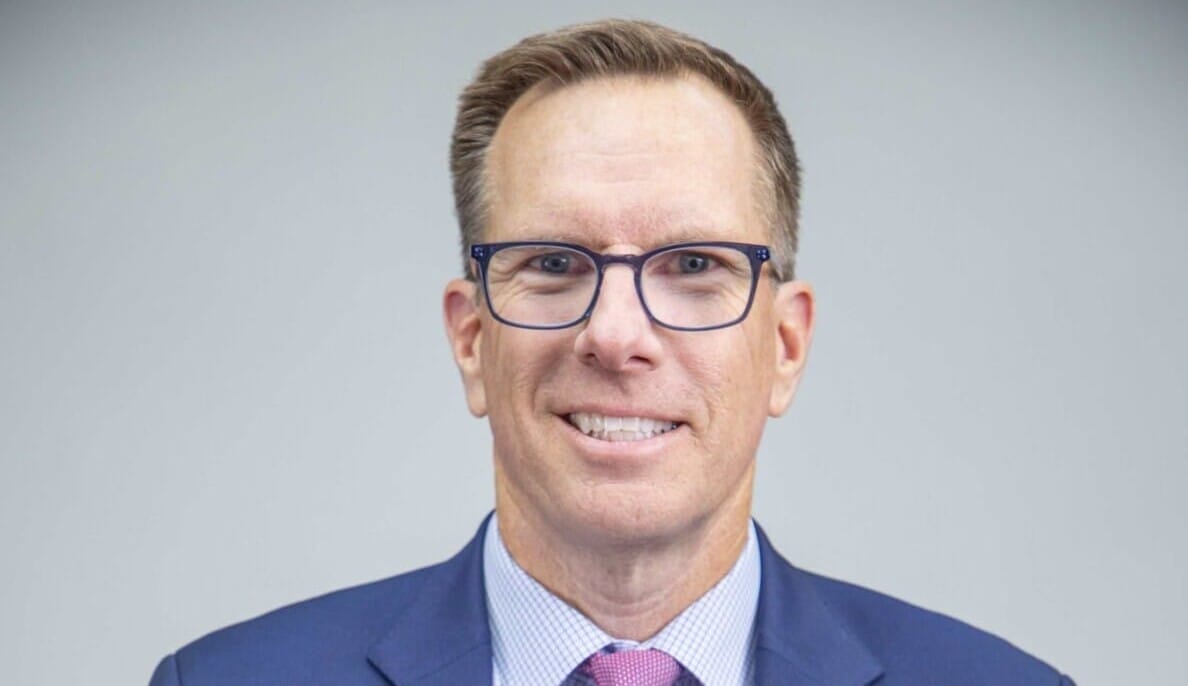A candid feedback loop from asset owners to managers following a tender process will help raise the standard of transparency and appropriate offerings in the industry. Chief financial officer of Denmark’s Lønmodtagernes Dyrtidsfond (LD), Lars Wallberg, who has just overseen a full manager overhaul after a rigorous and deliberate tender process has advice to both managers and asset owners on how to improve the process.
One of the most important elements of success for an investment tender process is for an asset owner to know exactly what it wants. It sounds simple, but is not necessarily a standard across the industry.
Asset owners need to spend time on the strategy of their fund, set appropriate asset allocation to reach that strategy, and then tender for specific strategies within the asset allocation that it believes will satisfy its needs. At LD, these topics are clearly anchored in the board of trustees.
LD, which outsources all of its asset management to third party providers, prides itself on clear strategy and manager contract requirements when tendering.
The most recent tender process, required by legislation, was completed last year and resulted in a highly concentrated manager lineup.
Part of the confidence in this approach stems from the clear requirements it requires of its managers.
Chief financial officer of Denmark’s LD, Lars Wallberg, believes his fund is setting a new standard in conducting tenders which is resulting in a better outcome.
“As an asset owner you have to be clear and precise in what strategy you want. It’s also important to be clear on the selection criteria and which criteria are important,” he says. “You might as well decide before the process begins what is important for you.”
Wallberg says he often hears from managers that they don’t get feedback from the process and in many cases even informed that the tender is over.
“We need to be fair and transparent. We need to outline what we want, the conditions with which we want it, and then give feedback to managers, tell them the reasons behind the decision,” he says.
“It is my conviction that we learn a lot as an asset owner going through that process, and we can improve competition even more by giving feedback from the experience.”
The fund’s asset allocation, set by the board, is 40 per cent high grade bonds, 35 per cent equities, 20 per cent credit, and 5 per cent private equity.
The tender process resulted in a concentrated manager lineup, and Wallberg says this was the topic of discussion internally.
“We discussed this quite a lot. Given we are a small organisation, with only 15 people, we wanted to be able to discuss the mandates intensely with our chosen managers. So we decided we wanted only a few managers. Of course this comes with pros and cons. For many asset classes this means large mandates, for example in emerging markets there is only one mandate.”
He says one of the reasons for the success of the process, was its rigour with a very detailed questionnaire of qualitative and quantitative questions that was deliberate to ensure that managers actually tendered the right strategy for the required mandate.
“We have a combination of requirements from legislation and also our own business decisions. We have a very strict process which means we have to be very clear in our own minds before we begin. This adds a lot of transparency and managers know exactly what strategies to tender for,” he says.
“Many public tenders are not equally clear. We believe if there is clear communication then we get a better process and outcome, with strategies closer to our requirements. Full information between the buyer and seller ensures we don’t waste time with inappropriate strategies and neither does the manager.”
Wallberg says LD is very clear on the most important criteria for its assessment process. Important criteria include a performance, track record, clear investment process, portfolio construction, the composition of the team and dedication to the strategy.
“We look closely at minimum size and time the manager has managed assets in that strategy, track record, and conviction. By having very clear requirements set out it is easier to select, we can more accurately compare managers and strategies, and there is less noise,” he says.
LD places less emphasis on costs, attaching about 15-20 per cent of the assessment criteria to price, and Wallberg says the rigorous questionnaire and process means there is already price competition in existence.
“Of course cost is important to us, but the processes, large mandates and global selection means price competition is there, our process ensures that. We don’t want to reduce the process to price competition.”
As part of its tender process it includes a provision that the manager must accept a final and non-negotiable fee structure and accept a standard contract defined by LD.
The LD team had access to a very large number of managers through this process, with more than 300 managers from around the globe requesting mandate information.
He says the good news is since the fund last tendered in 2010, there is a marked improvement across the industry, especially with regard to risk management.
“We clearly saw that the risk management is an internal function with a very good specialist that can inspire and inform portfolio managers and help them control risks. This is very convincing for us from an investment perspective. In addition senior management are more involved in risk management than in the past which gives us confidence. The industry really learned the lesson.”
The LD tender questionnaire is long and includes qualitative and quantitative information. Wallberg says the fund “wants strategic business partners, so it should be a demanding process”.
Managers that didn’t do well in the tender were those that wanted to change the rules or push the boundaries.
“My advice to managers is make the assumption the asset owner has made the necessary deliberations before setting up the questionnaire,” he says. “Some we didn’t select had a more opportunistic approach and tried to convince us to appoint them where their strategy was removed from our own requirements. Those that tried to convince us of another approach were deselected at an early stage.”
Wallberg also advises managers to be specific and transparent in their submissions.
“Add some flavour to your answers, outline where do you really make a difference to your competitors. Be specific, where is your approach unique and how does it work? Differentiate yourself, describe how investment approach works. Tell us when the strategy works and when it doesn’t and show it in the data, because we will find out.”
With a total assets of about € 5.5 billion ($6.2 billion) the fund awarded the following mandates:
- Two high grade (gilt edged) bond mandates: Danish, Nordic & Northern European government , mortgage 6 covered bonds awarded to Nordea Investment Management and Nykredit Assett Management
- Danish short-term high-grade bonds awarded to HP Fonds (Danish boutique manager)
- Global equity mandate with a defensive profile awarded to MFS Investment Management
- Danish equity mandate awarded to Carnegie Asset Management
- Emerging markets equity mandate with a top-down approach awarded to Fisher Investments
- Environment and climate equity mandate awarded to Impax Asset Management
- Global inflation-linked bond mandate awarded to Fischer, Francis, Trees & Watts
- Investment grade euro corporate bonds mandate awarded to AXA Investment Managers


